Royal Brompton
Hospital
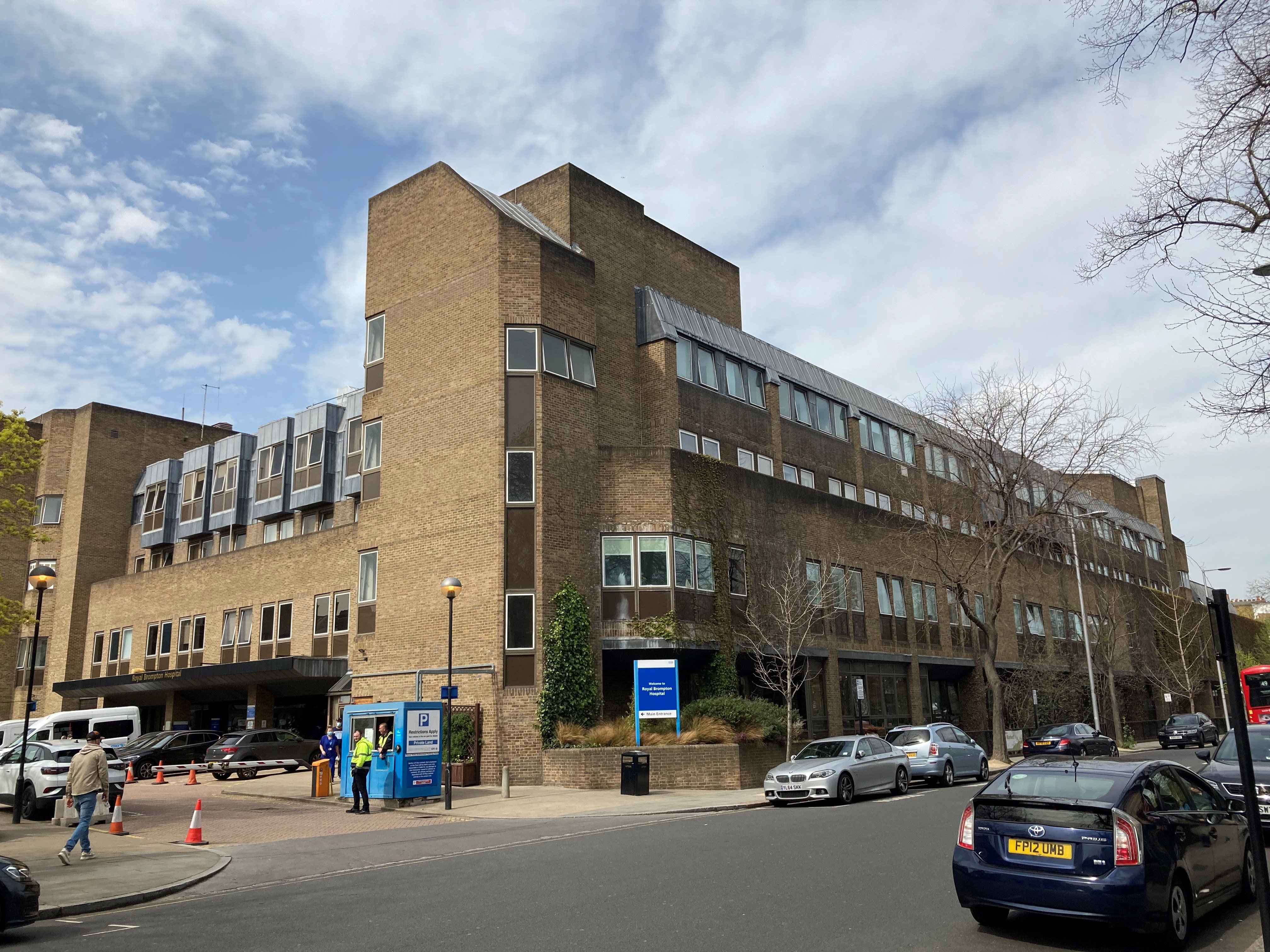
In the beginning
In 1841, 25-year-old solicitor Philip Rose became the founder of what is today Royal Brompton Hospital.
Rose’s desire to build a tuberculosis hospital grew when one of his clerks fell ill with the disease but was unable to gain admission to any hospital in London.
At the time, general hospitals were reluctant to admit and treat people with tuberculosis due to the fear of the disease spreading, prompting the need for specialist hospitals.
Rose found and leased a house - known as 'Manor House' - in Smith Street, Chelsea. It opened for inpatients on 13 September 1842 as the ‘Hospital for Consumption and Diseases of the Chest’.

The Hospital for Consumption, Brompton Road, Fulham: viewed from the road. Wood engraving after F. J. Francis, 1844. Wellcome Collection.
The Hospital for Consumption, Brompton Road, Fulham: viewed from the road. Wood engraving after F. J. Francis, 1844. Wellcome Collection.
The need soon arose to expand the hospital, but rather than extend the Manor House, it was decided that a hospital would be built to serve the needs of tuberculosis patients.
By the spring of 1844, work had started on a new hospital on Fulham Road, and by 1855 all the new wards had opened. Although no longer part of the hospital, the building still stands today, with its elaborate exterior by architect Frederick John Francis largely unchanged.
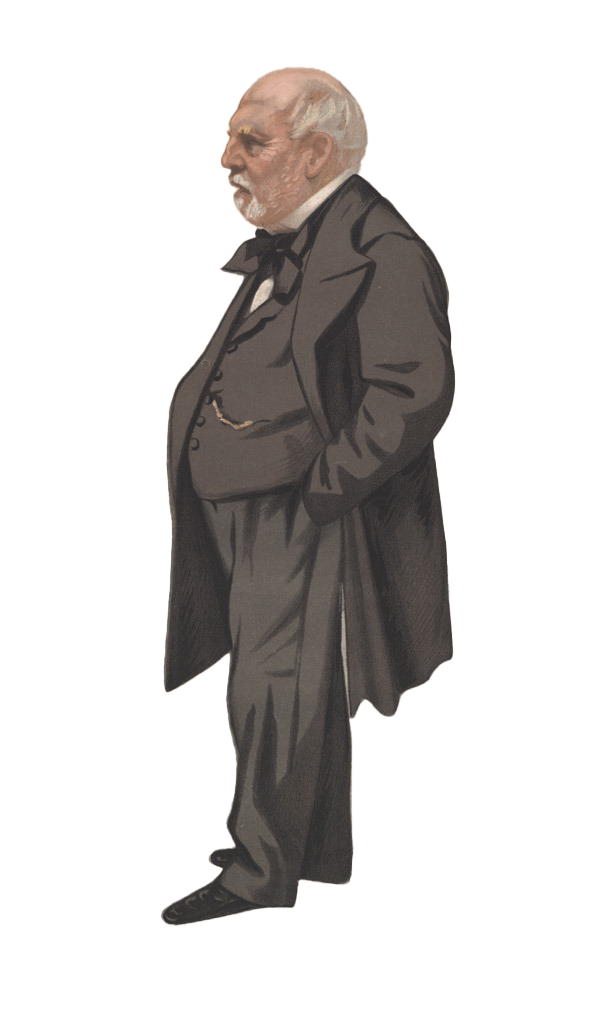
Philip Rose founded what is today Royal Brompton Hospital.
Philip Rose founded what is today Royal Brompton Hospital.
The piano that built a hospital
The Brompton doubled in size thanks to a lady called Cordelia Read. Cordelia fell out with her family and, when she died in 1871, her will – found inside a piano – donated her estate to help enlarge the hospital.
Cordelia’s distant relatives contested the will on the grounds of her well-known eccentricity, hoping that a post-mortem would establish evidence of brain disease. The post-mortem revealed no evidence of any mental abnormality or disease and the hospital received her estate (worth £15m in today’s money). A new wing was built, originally called South Block and now known as Fulham Wing.
A century later, Sydney Wing, which is now one of the main entrances to the hospital, was established. Sydney Wing was formally opened by Queen Elizabeth II in February 1991, when the hospital was granted a Royal Charter.
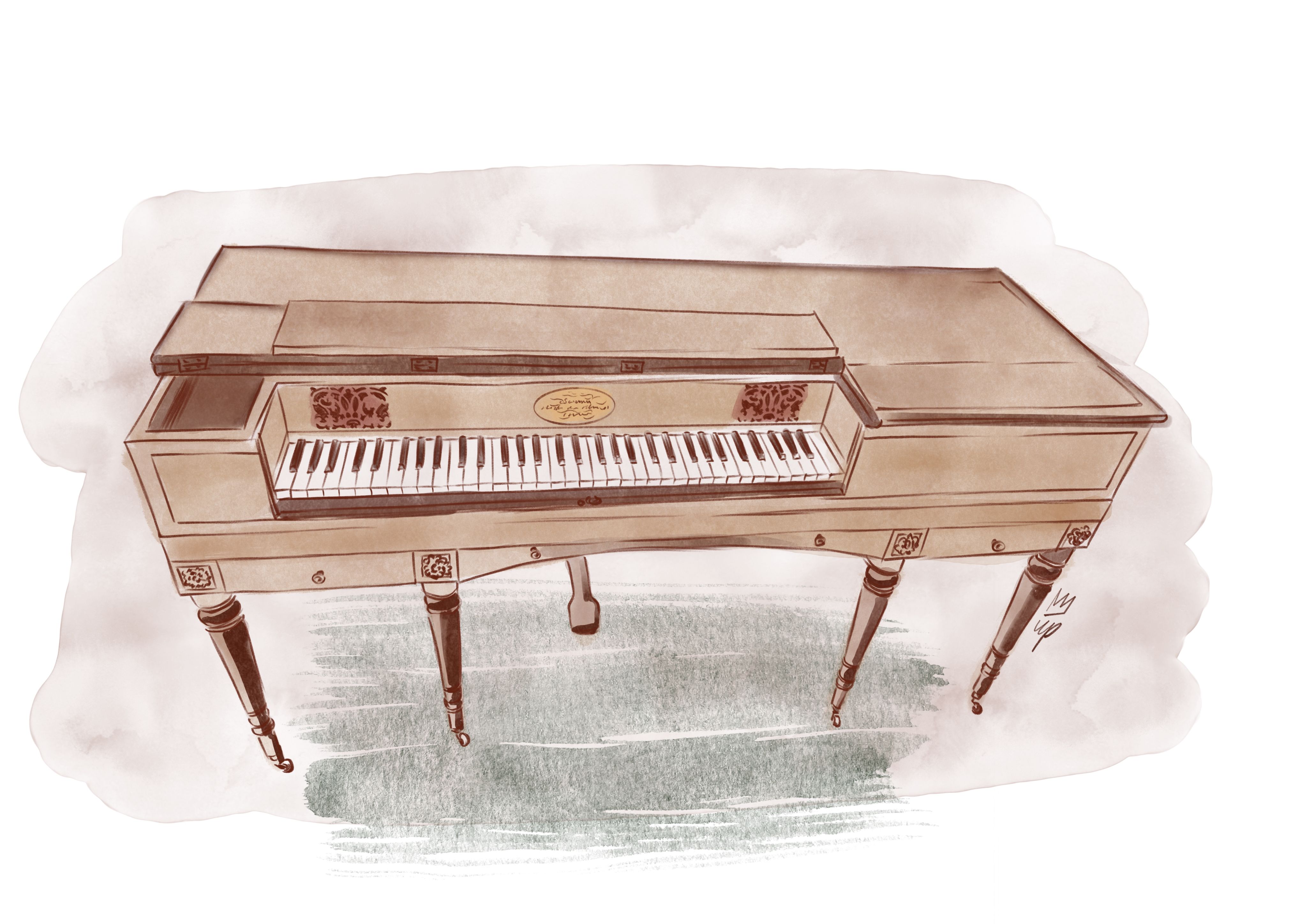
The square piano, which contained Cordelia's will, remains at the hospital to this day.
The square piano, which contained Cordelia's will, remains at the hospital to this day.
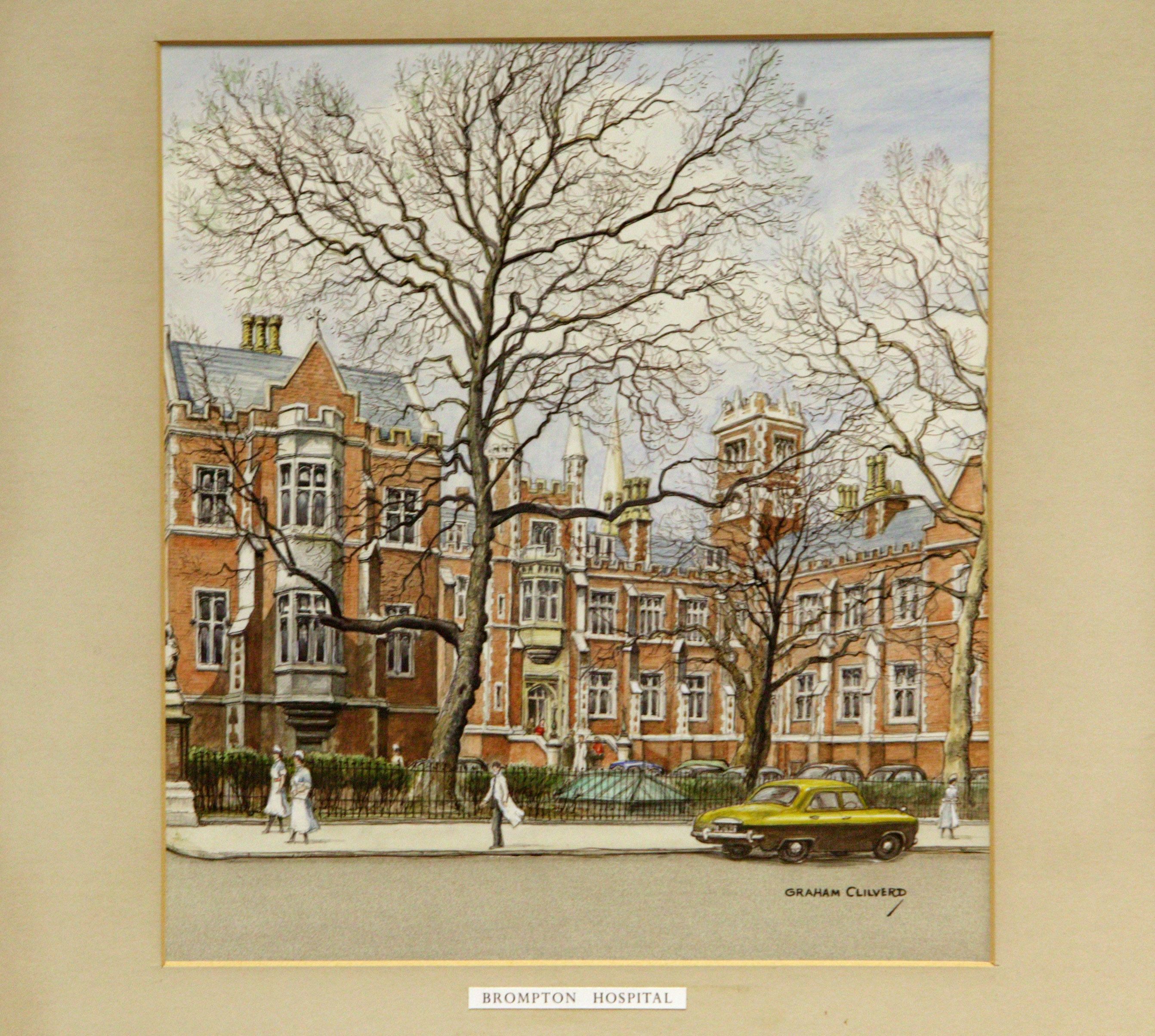
The original hospital built by Rose stands today as a place of residence.
The original hospital built by Rose stands today as a place of residence.
The war years
During the Second World War, the Brompton was designated as one of the principle casualty-clearing stations in the area for seriously wounded cases. During the Blitz, the hospital was only twice seriously affected. On one occasion the roof and upper floor of North Block (what the original Brompton Hospital had by this stage been renamed as), were damaged by fire when bombs fell nearby, and then in 1942 the nurses’ home and South Block were badly damaged by a blast from a landmine.
After the war
When the war ended and the NHS was formed, there was no doubt that the hospital would be recognised as a teaching hospital. Drugs to treat tuberculosis were introduced around this time and the workload and focus of the hospital gave way to other interests – including the study of other chest conditions. In recent years the study of allergy and immunology has become a well-developed area of medical study and treatment.
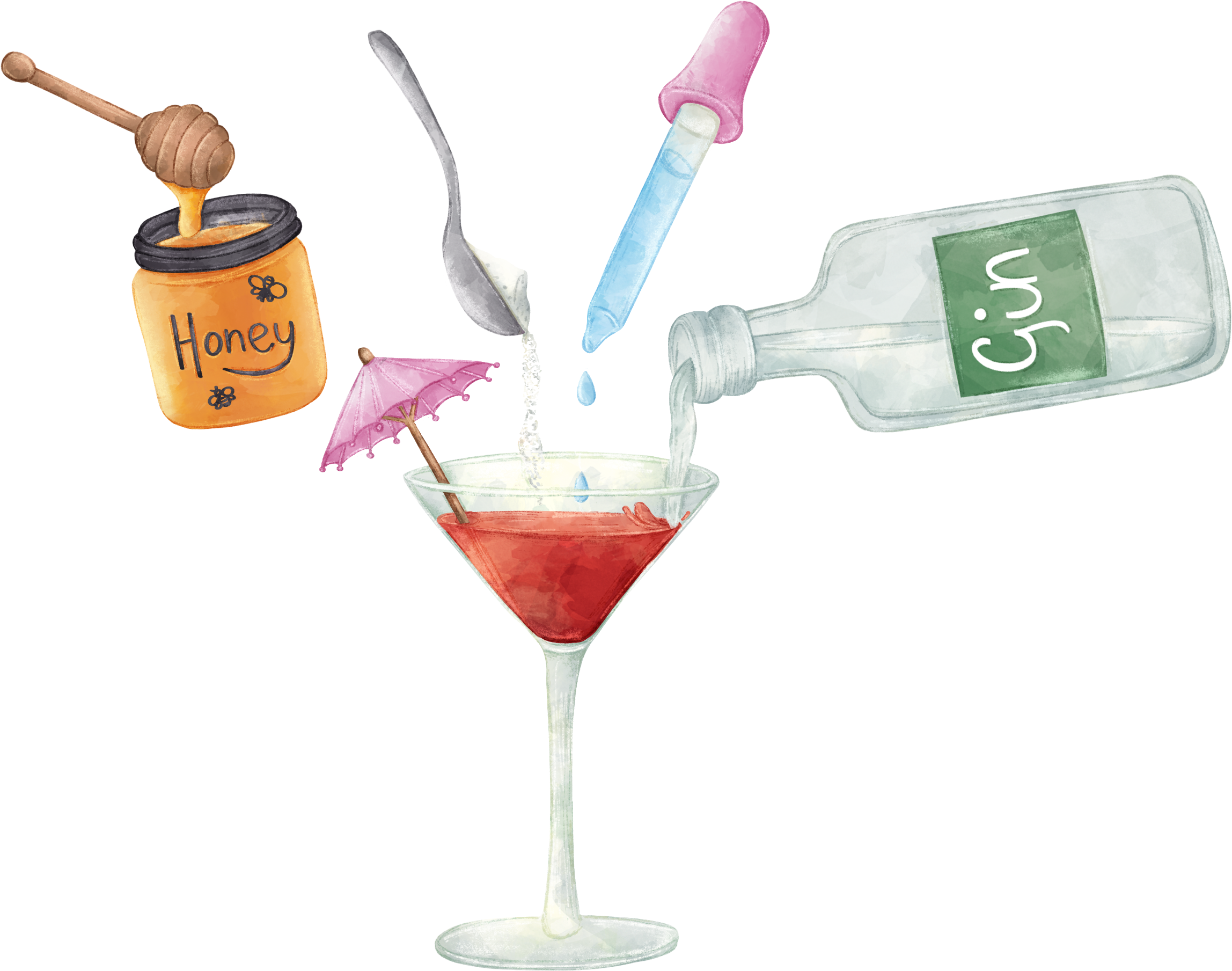
Research and innovation
Research and innovation have been a constant thread in the history of the hospital.
Well known examples of Brompton innovations include:
1886 – the Brompton cough lozenge first appears, with pirated versions selling on stalls on Fulham Road for a penny a box.
1920 – surgeon James Roberts invents the ‘Brompton Cocktail’, a mixture of morphine, cocaine, alcohol, syrup and chloroform water, given to relieve pain after lung surgery. The mixture was used well into the 1970s before contemporary analgesics took its place.
1980s – the Brompton pack, a ventilatory support machine, is developed to replace the ‘iron lungs’. The Brompton pack prolonged the lives of many patients who needed help with their breathing. The pack has now evolved into a mask and a small portable machine.
The Brompton also conducted one of the first ever clinical trials – about the beneficial effects of cod liver oil on TB (tuberculosis) patients. In the hundred years that followed, children all over the country were still being given doses of the famously unpleasant tasting oil (pictured below).
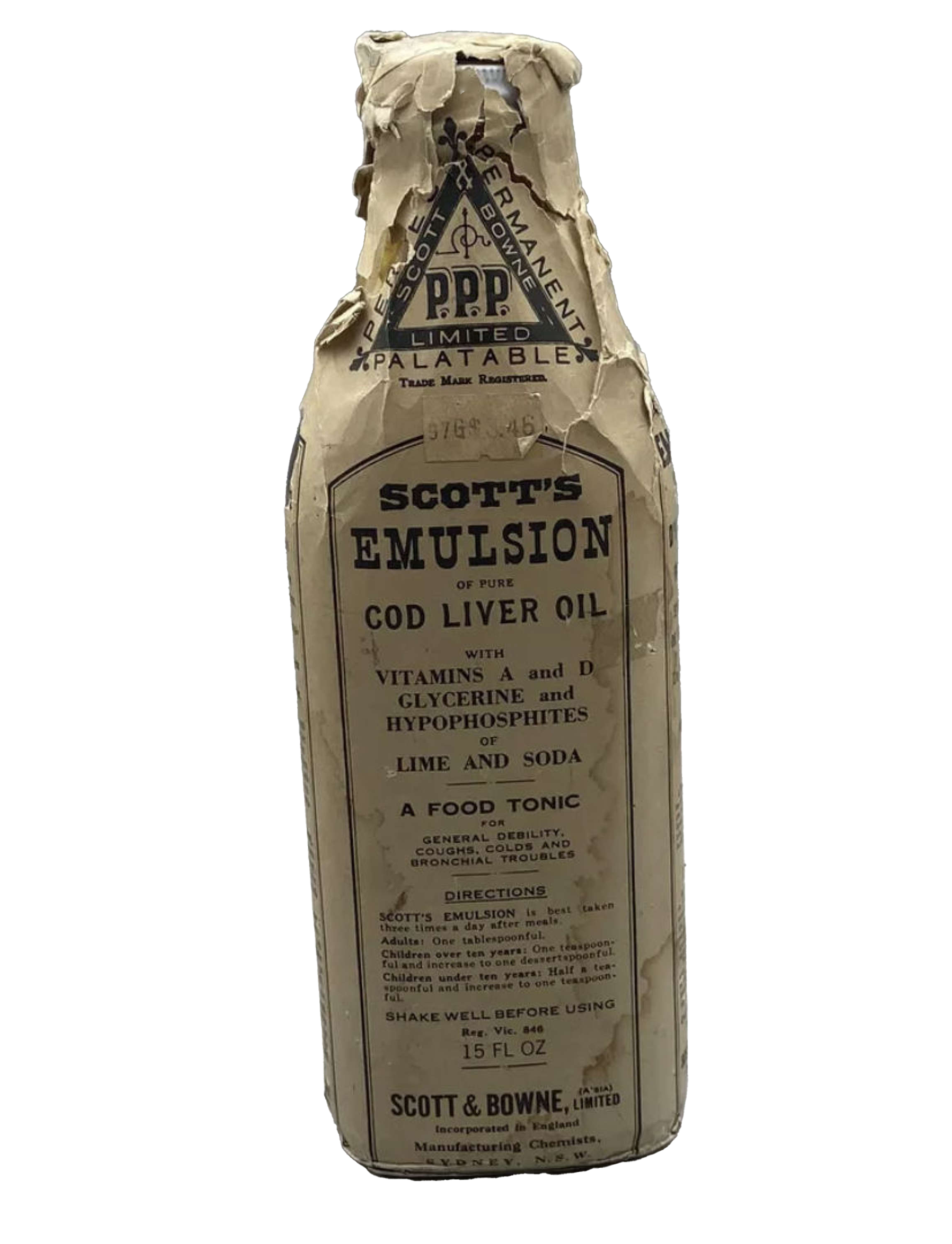
The Madeira Project
In November 1864 an optimistic venture - called the Madeira Project - was launched. Organised by the Brompton, some 20 patients set sail on the Maria Pia to Madeira, Portugal, in the hope that the island's climate would improve the health of people suffering from tuberculosis.
The hope, however, proved short-lived. The ship brought the patients back home the following spring, with Brompton physicians concluding the trip had done little to improve the patients’ condition.

A place of education and study
In 1894 the College of Physicians and Surgeons recognised the Brompton as a place of study – foreshadowing the important role it was to play in postgraduate education. Over the course of the next century, the hospital developed into a centre for the treatment of heart and lung disease where doctors, nurses and other health professionals from around the world came to learn.
Driven by prominent women, the 1930s saw Winifred Linton (pictured right) set up the first school of physiotherapy for chest diseases at the Brompton, and matron Eva Higgins introduce a new one-year course about lung patients.
When the Institute for Diseases of the Chest was founded by Guy Scadding in 1946 to research chronic diseases like emphysema and bronchitis, it featured key women including Lynne Reid (pictured right), the first woman in the UK to become a professor of experimental pathology, and Margaret Turner-Warwick, the first female president of the Royal College of Physicians.
In the latter half of the 20th century, Agnes ‘Susie’ Walton, a matron who worked at the Brompton from 1958 to 1972, set up a nursing school that attracted many international students.
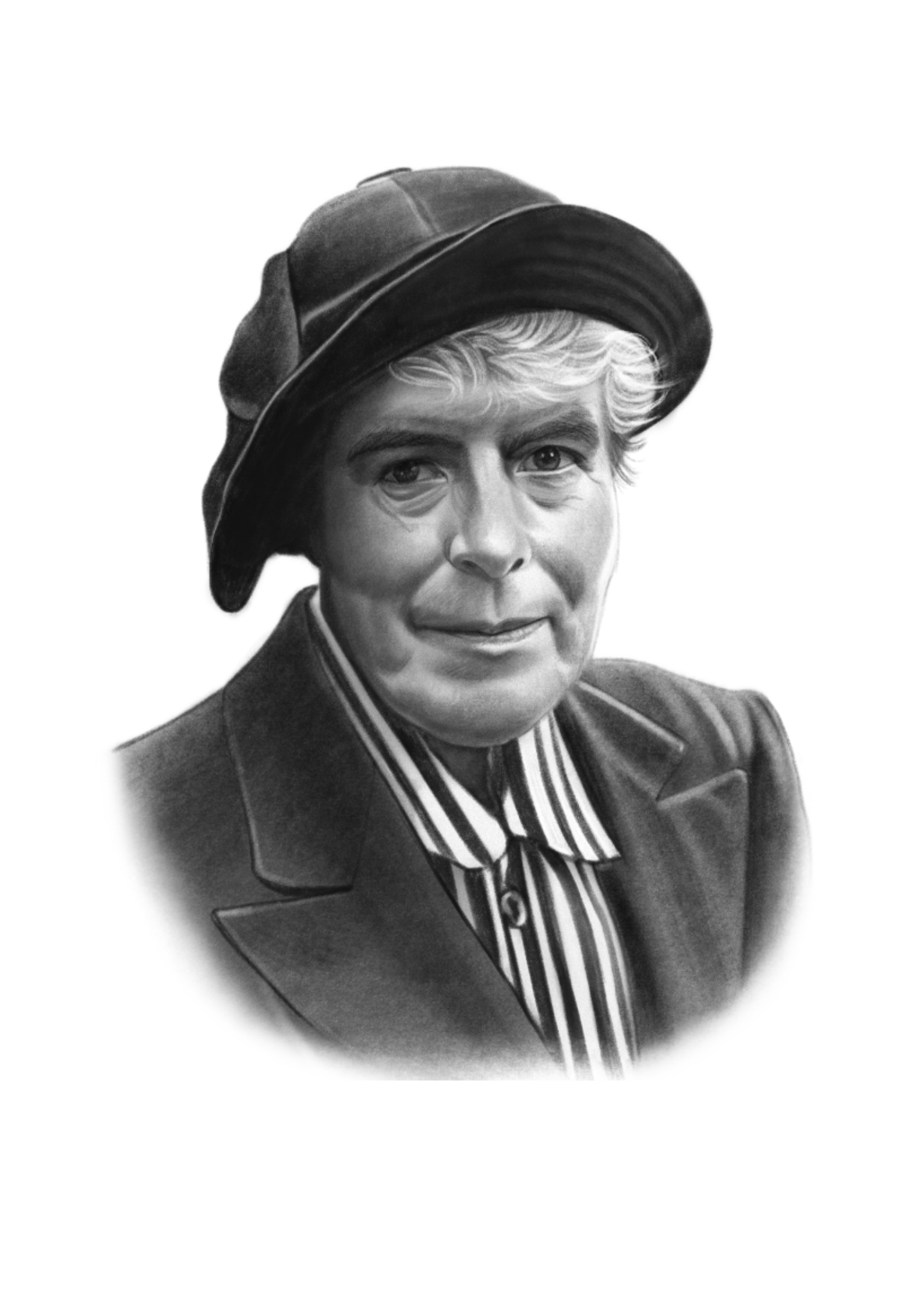



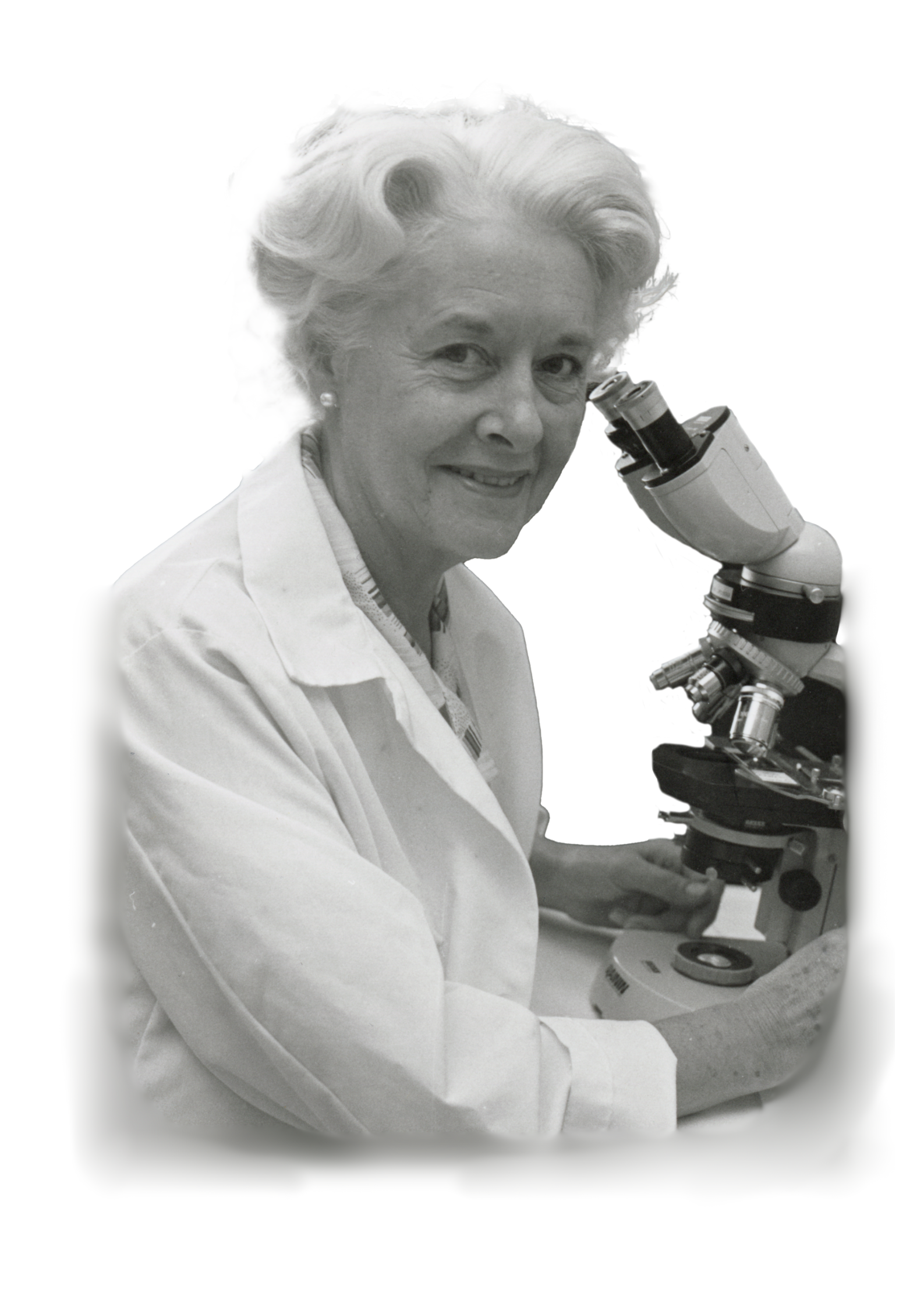


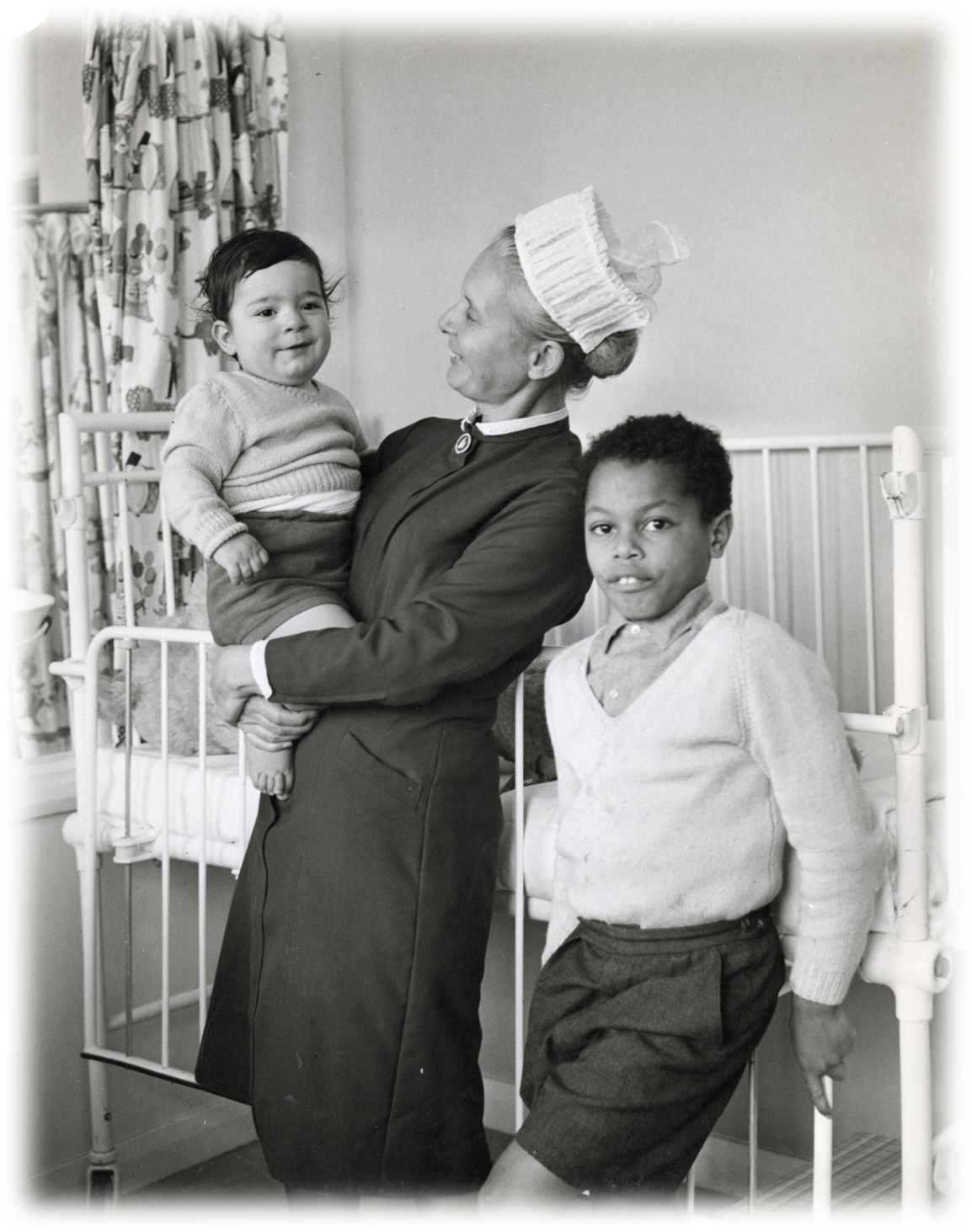
A place of firsts
Since 1947, when the first cardiac surgery operation took place at the Brompton, the hospital has stood at the forefront of medical breakthroughs and developments in healthcare. Continue scrolling to learn about some of our pioneering firsts.
1948
Pioneering Brompton surgeon Russell Brock is the first to operate inside a living heart.
1953
The UK’s first open heart surgery is performed by Brompton surgeon Bill Cleland, one of the early pioneers of this type of surgery.
1965
John Batten establishes Europe’s first adult Cystic Fibrosis (CF) clinic – now the largest in Europe, and one of the largest in the world, for treating CF.
1970
Anaesthetist Ian English develops the Brompton Manley Ventilator, an important precursor to the modern ventilators used to treat symptoms of COVID-19.
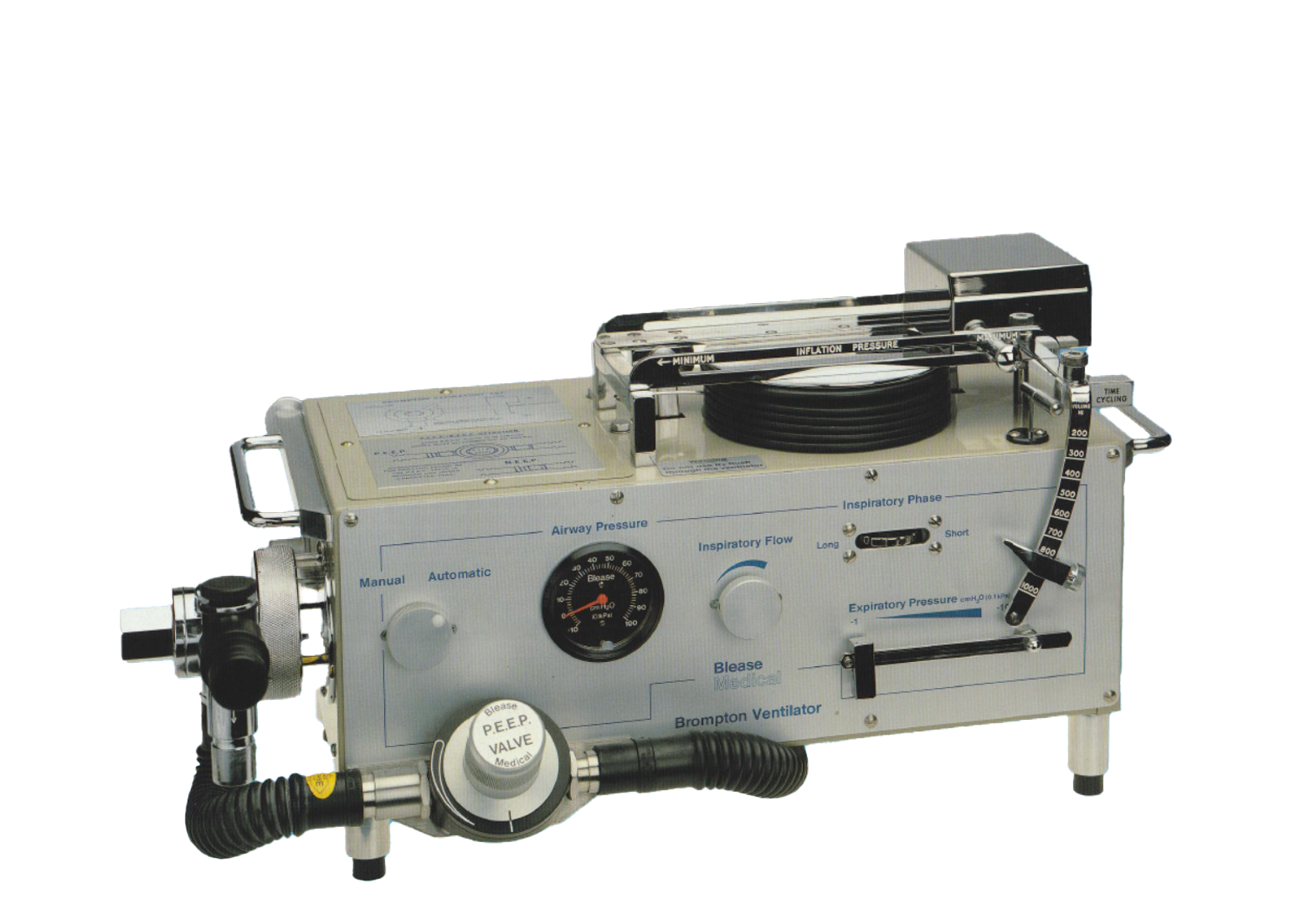
The Brompton Manley ventilator
The Brompton Manley ventilator
Other notable firsts:
1980 – the first coronary angioplasty – using a balloon to unblock arteries – is carried out at the Brompton.
1990s – Brompton cardiologists lead the way in operating on children with a hole in the heart, using ‘closure devices’ as an alternative to surgery.
2000 – Our cardiac surgeons perform the first robotic assisted endoscopic coronary artery bypass surgery in the NHS.
We also successfully implanted some of the first artificial hearts in Europe, developed a first-of-its-kind bra to help women recover from cardiac surgery, and set up the UK’s first dedicated cardio-oncology service to improve the health of people undergoing cancer treatment.
Technology
Imaging technology has served a vital role in helping clinicians understand what is going on inside the human body.
Following the advent of X-rays in 1895, Dr Stanley Melville, who ran the Brompton’s radiology department from 1910 to 1934, was an early pioneer of X-ray safety measures that would protect radiologists from harmful and often fatal radiation exposure. Dubbed a 'radiation martyr', Stanley’s safety practices were adopted all over the world.
The year 1895 also saw the advent of the electrocardiogram (ECG). Alfred Hope Gosse was one of the first cardiologists to champion ECGs in his clinical practice, bringing them into wide use at the Brompton in the early 20th century.
In 1984, the hospital opened one of the first cardiac magnetic resonance imaging (CMR or MRI) centres, investing in the first dedicated cardiac MRI scanner in the UK and undertaking the first clinical MR heart scan.
In 1990, the hospital invested in the Imatron - then the world’s fastest computerised tomography (CT) scanner and the only one of its kind in the UK.
The hospital achieved a similar feat in 2024 when it installed the Cima.X MRI system, the most powerful MRI scanner of its kind. The scanner sits in a new state-of-the-art Diagnostic Centre at Royal Brompton Hospital which was opened by the Princess Royal in January 2022.
As well as being a leading MRI centre, more nuclear cardiology is undertaken at our hospitals than anywhere else in the country.

Stanley Melville pictured in The Daily Mirror, 1928.
Stanley Melville pictured in The Daily Mirror, 1928.

Stanley Melville pictured in The Daily Mirror, 1928
Stanley Melville pictured in The Daily Mirror, 1928
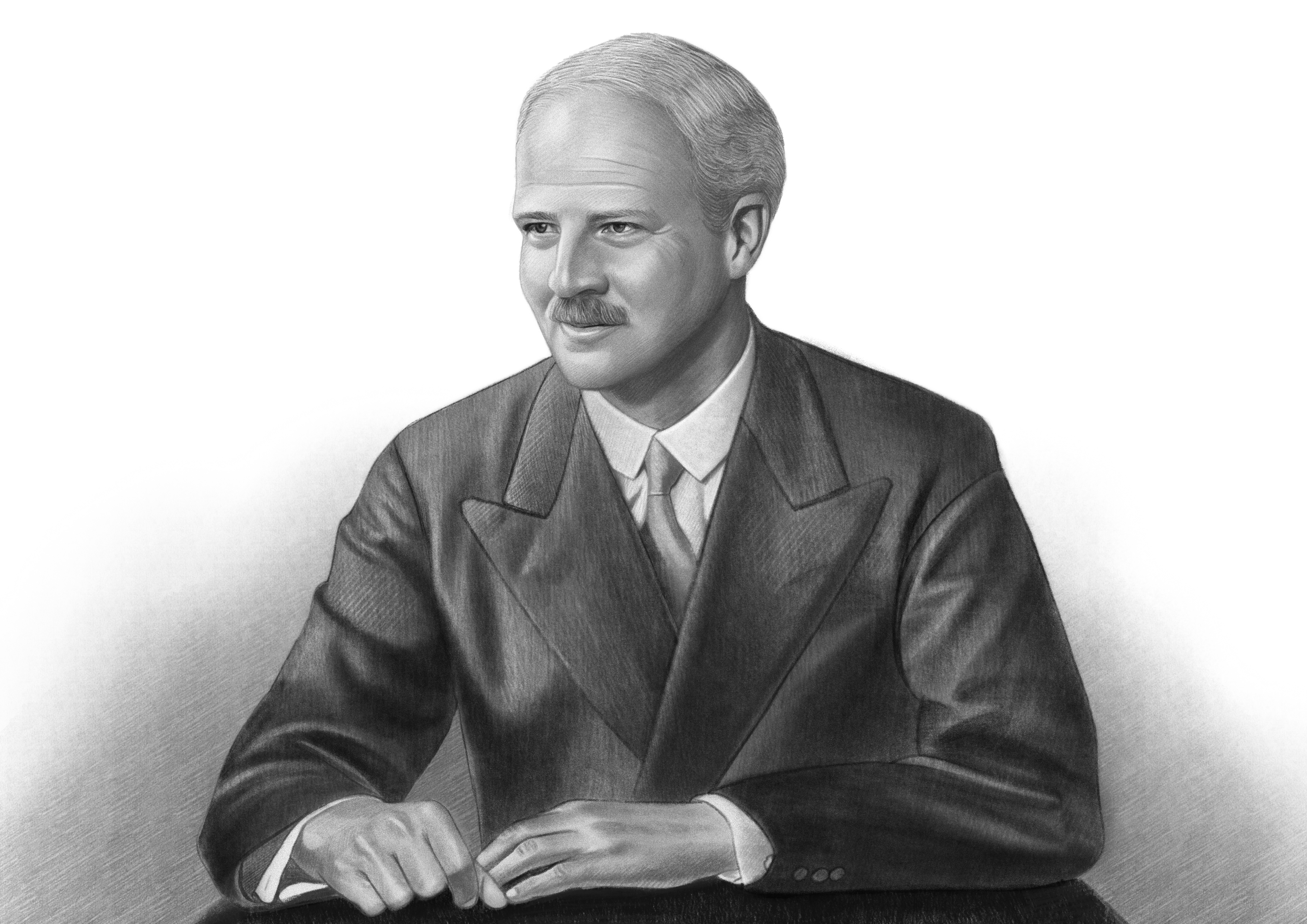
Brompton cardiologist Alfred Hope Gosse.
Brompton cardiologist Alfred Hope Gosse.

Brompton cardiologist Alfred Hope Gosse
Brompton cardiologist Alfred Hope Gosse
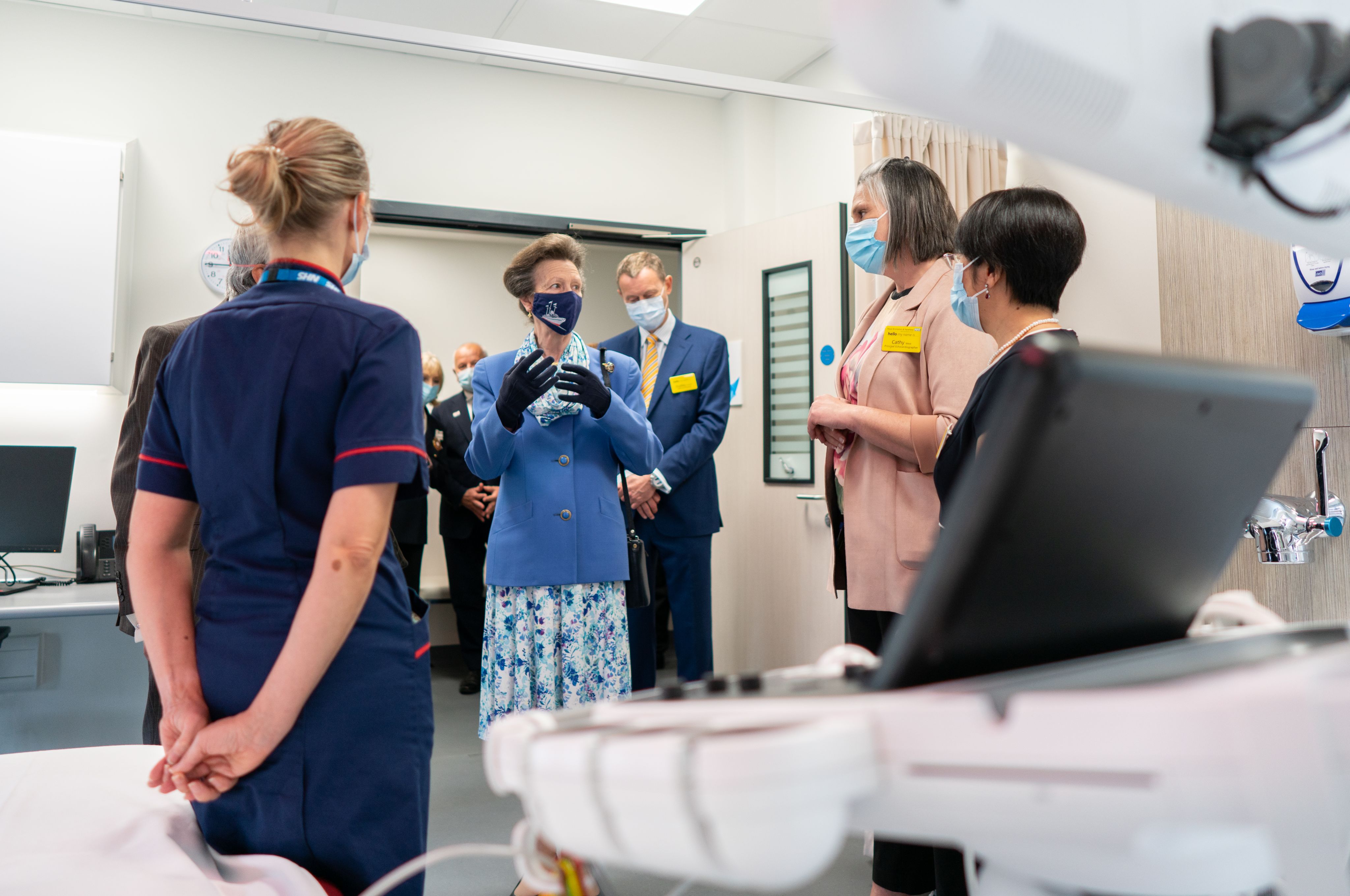
The Princess Royal was given a tour of the new Royal Brompton Diagnostic Centre and met staff who helped complete the project.
The Princess Royal was given a tour of the new Royal Brompton Diagnostic Centre and met staff who helped complete the project.
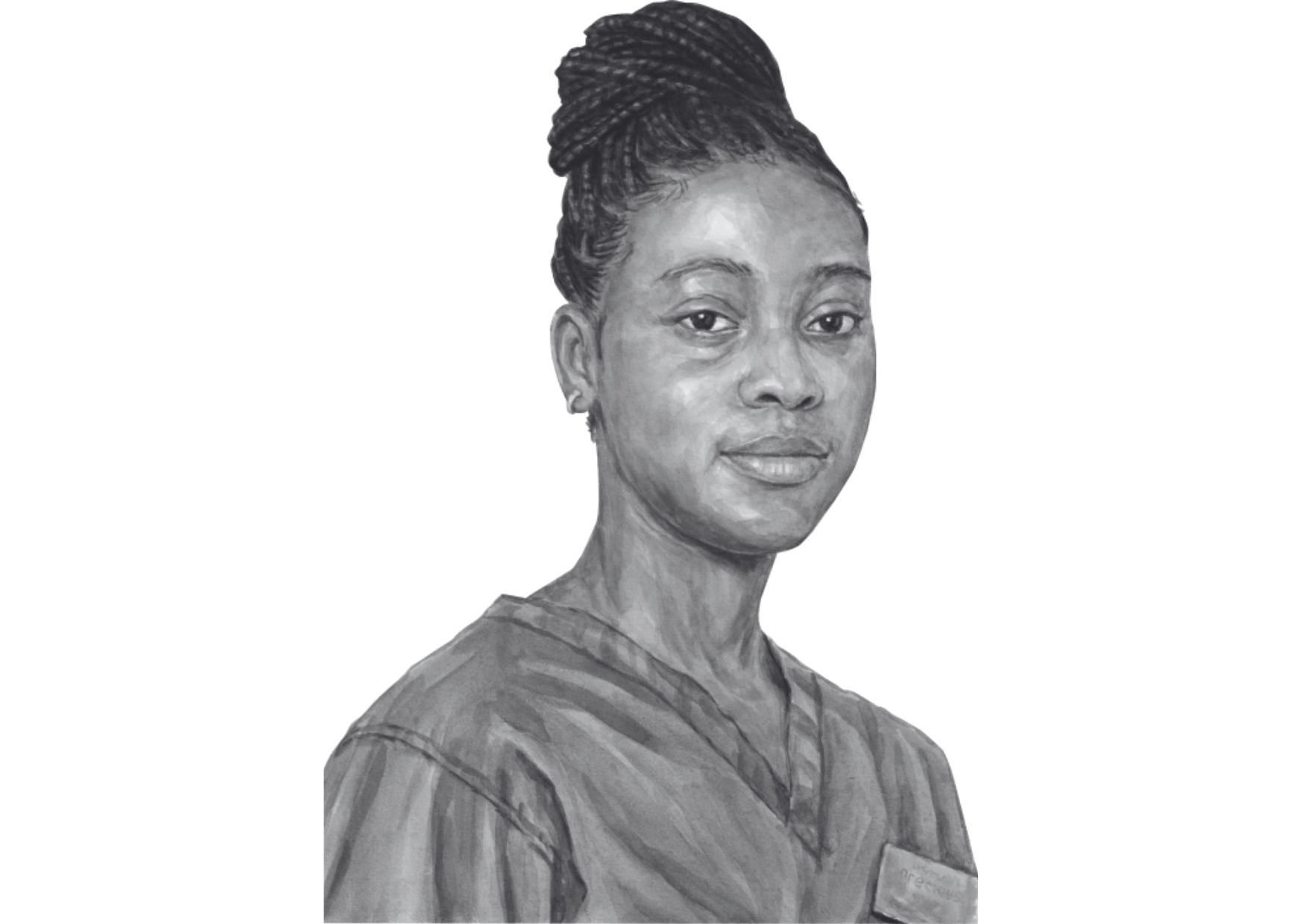
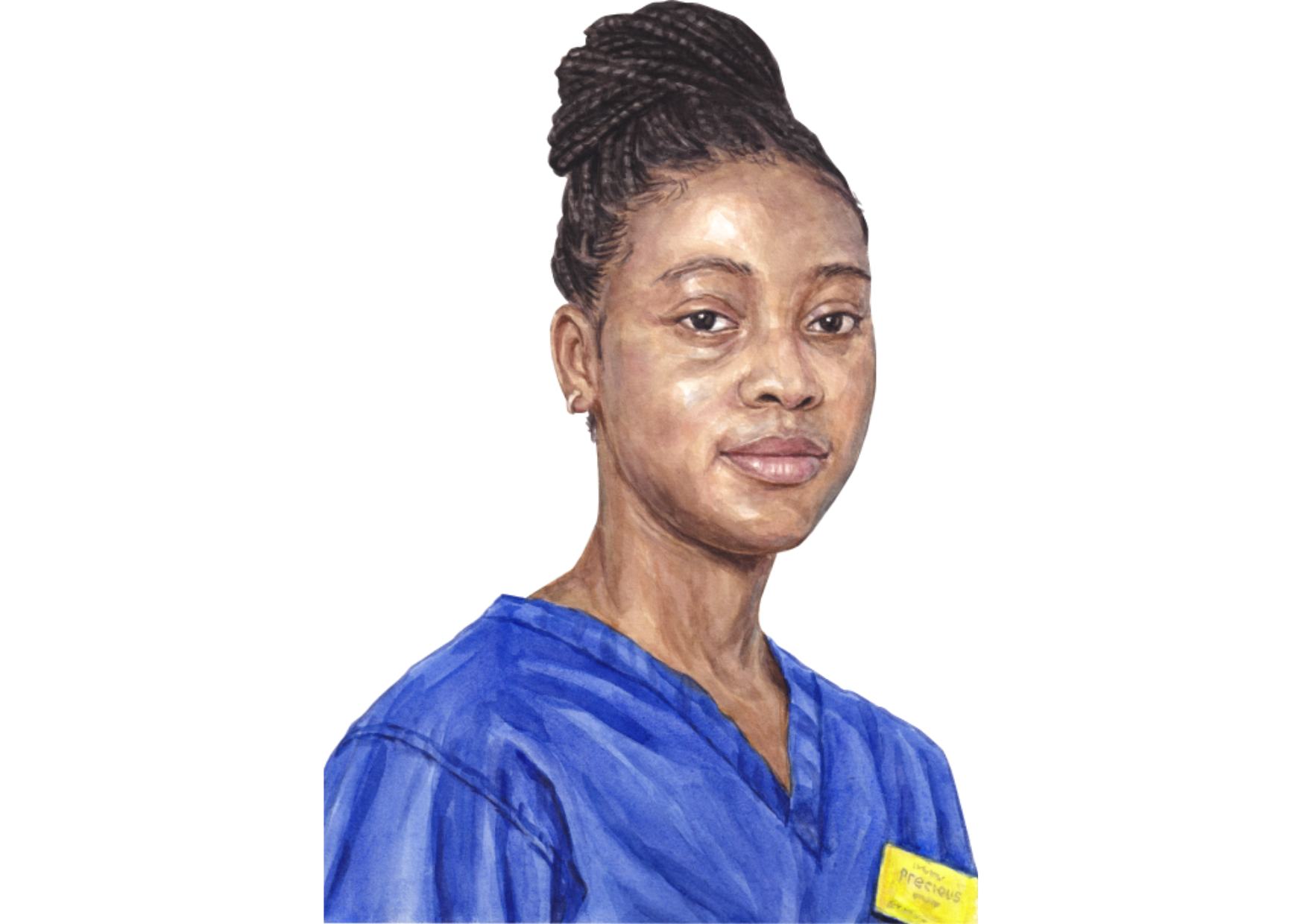
Celebrating diversity
The Brompton has a long history of attracting different cultures and nationalities.
Malayan Wu Lien-teh was a physician at the hospital in the early 1900s, later becoming known for his contributions in combatting the Manchurian plague and pioneering the development and use of face masks to suppress disease transmission.
In 1948, the arrival of the Empire Windrush brought 1,000 passengers from the West Indies who came to the UK to fill post-war labour shortages. Many joined the NHS which launched just 2 weeks later.
The NHS turned 75 in 2023. As part of the anniversary celebrations, Precious James (pictured), staff nurse at the Brompton who came to London from Lagos, Nigeria to join the NHS, took part in a special exhibition at the Migration Museum to shine a light on the rich history, experiences and contributions of migrant workers in the NHS over the past 75 years.
Precious joined the hospital through its international nurse recruitment programme, which was set up in 2017 and now boasts over 300 nurses at our hospitals from regions including Australia, India and the Philippines.
The prospect of providing free healthcare through the NHS was a strong drive for me in my decision to come and work in the NHS. I believe that healthcare is a basic human right which should be free and accessible by all.
Merger with Harefield Hospital
In 1998 Royal Brompton merged with Harefield Hospital to form Royal Brompton and Harefield NHS Trust. The merger led to many advances in treatment by successful cross-site working, such as transplantation for patients with cystic fibrosis.
Merger with Guy’s and St Thomas’
Royal Brompton became part of Guy's and St Thomas' NHS Foundation Trust in February 2021. Together with Harefield Hospital, St Thomas’ and Evelina London, we now form the largest specialist heart and lung centre in the UK and among the largest in Europe.
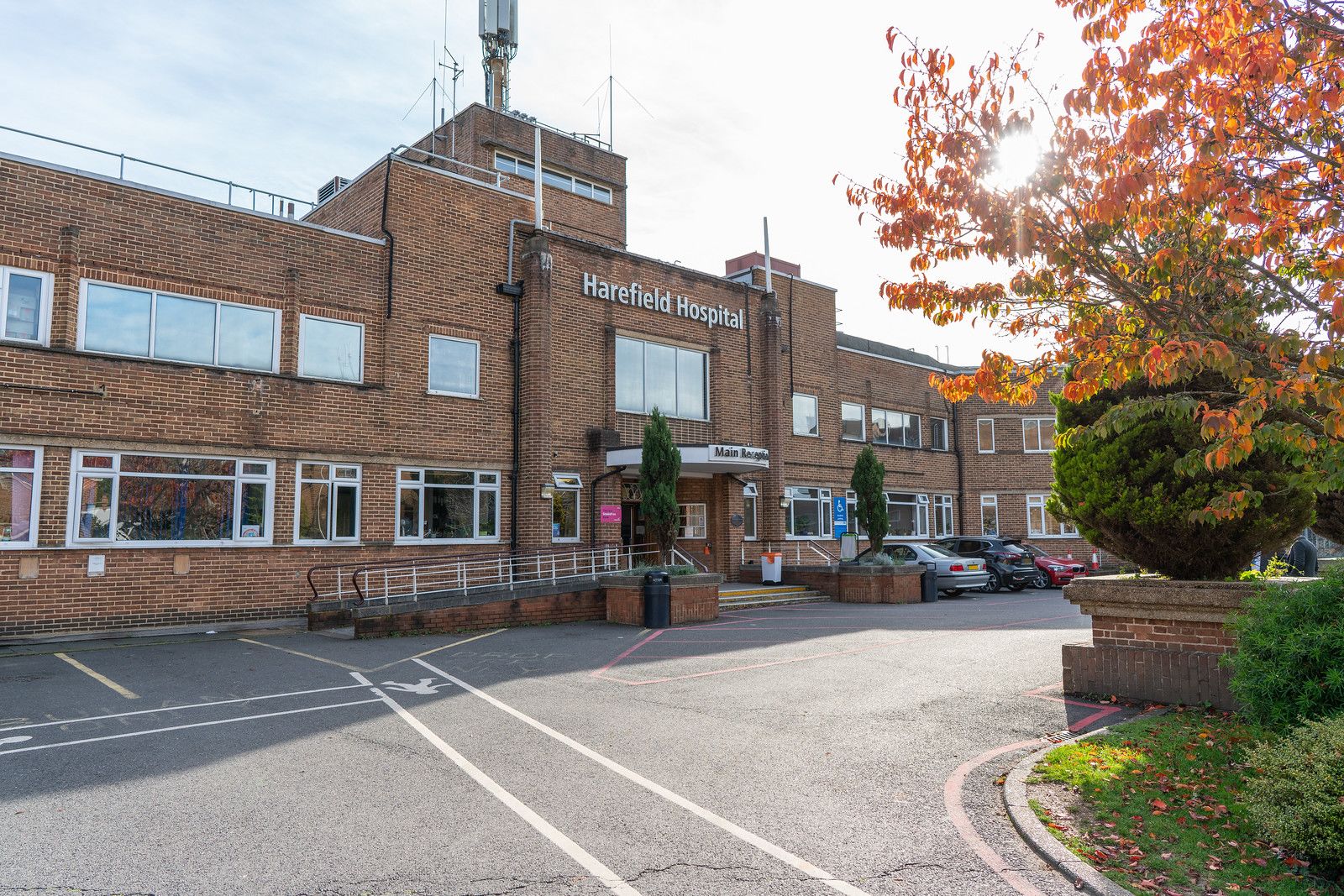



Find out more about our history
If you're visiting Royal Brompton, you can explore more of our rich history by taking a look at our new installation in our Sydney Street foyer, displaying a series of panels that uncover the hospital's history through the years.
You can also download the panels.
